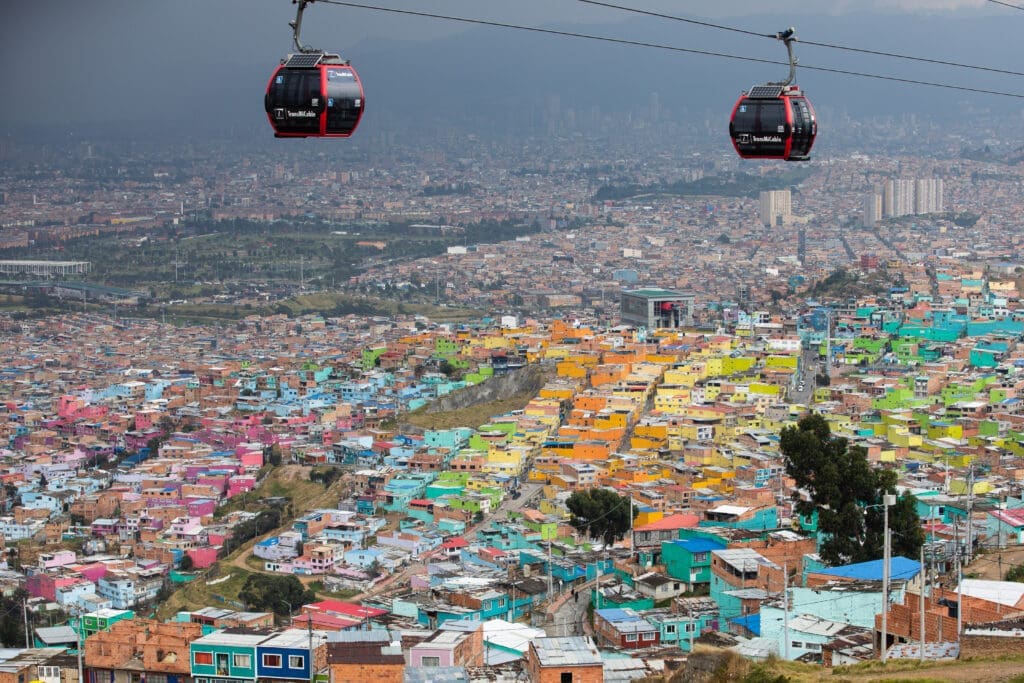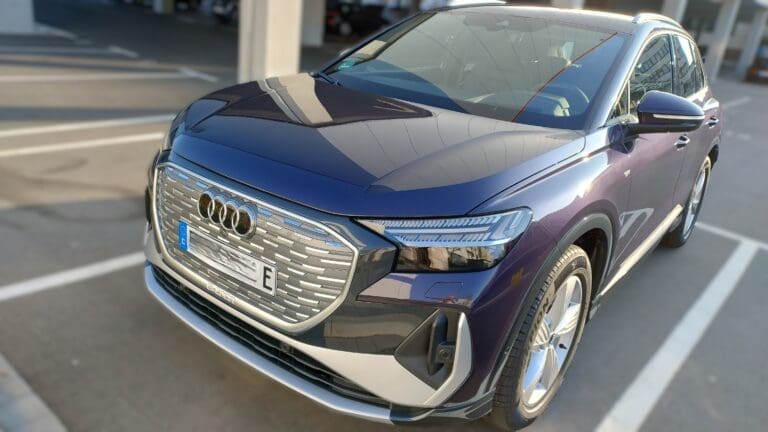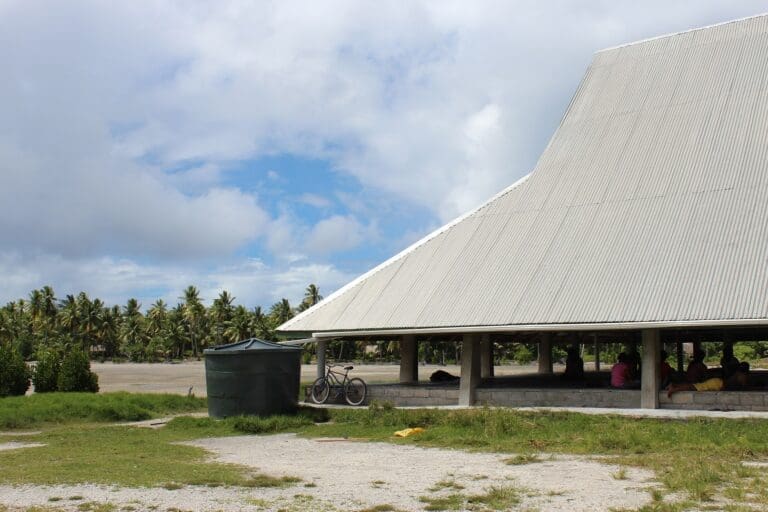For decades, Bogota’s marginalized hillside communities faced significant challenges in accessing basic services, education, and employment opportunities due to the city’s mountainous terrain. Traditional modes of transportation offered throughout the huge metropolitan area of the capital of Colombia, such as buses and taxis, were impractical and expensive. These communities were often isolated, lacking the connectivity essential for social mobility and economic growth.[1]
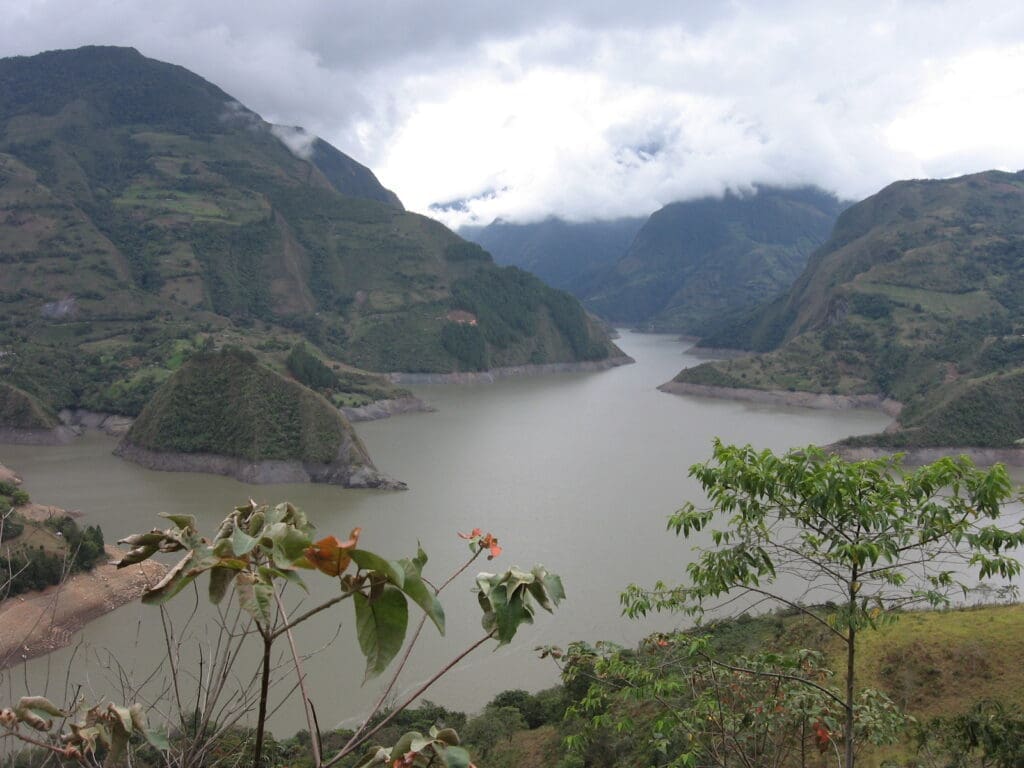
Introducing Cable Car Systems
The introduction of the 3.34 km (2.08 mi) long cable car system, named TransMiCable after its connectivity to the TransMilenio Bus service, has revolutionized accessibility across Bogotá’s southern periphery. These gondolas, suspended above the suburb of Ciudad Bolivar with its 700,000 inhabitants, connect remote neighborhoods to major transport hubs and employment centers, significantly reducing journey times. Residents can now access essential services and opportunities with greater ease and affordability.
[1][2][3]
Connecting Marginal Communities and Generating Jobs
Beyond transportation, the cable car system has promoted social inclusion and community development. The construction of aerial routes has generated employment opportunities, both directly and indirectly, creating jobs in construction, maintenance, and tourism. Moreover, the cable cars have become a focal point for community gatherings and cultural events, fostering a sense of unity and shared purpose among residents.
Economically, the improved connectivity has fueled a transformation. With greater access to employment centers, residents have secured better-paying jobs, leading to an overall increase in household incomes. This economic empowerment has enabled investments in education, healthcare, and small businesses, further revitalizing these communities.[2]
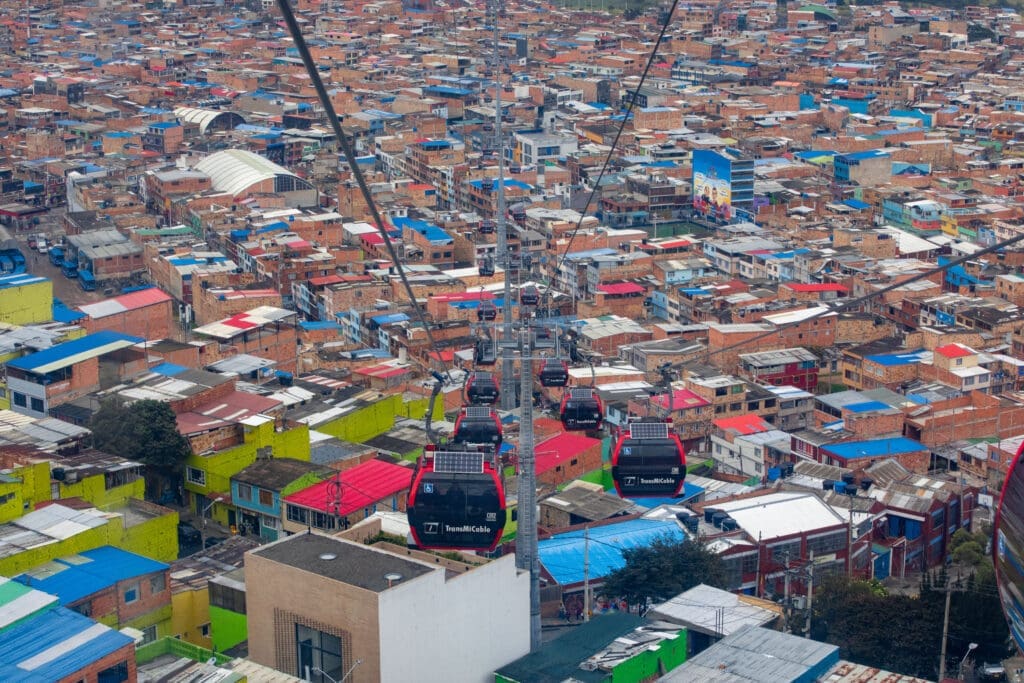
Driven by Renewable Energies
The TransMiCable is not just a clever and eco-friendly solution; it is a model for sustainable urban development. The cable car system operates to a significant extent on renewable energies, not only having two solar panels mounted on each of the cabins, but also fed by the 70% of hydropower electricity Colombia is continuously generating.[4]
Facts and Figures
- Bogota’s cable car system transports 20,000+ passengers daily[2]
- There are 163 gondolas with a 10 person capacity each[1]
- 3600 passengers can be transported in one hour[1]
- The cable car system has significantly reduced travel times for residents by up to 80%[5]
- Operated by renewable energies such as hydropower, plus two solar panels mounted on the cabins

Eco-Friendly Transport Solution for Disconnected Communities
The Bogota cable car system has emerged as a beacon of hope for marginalized communities, bridging divides and fostering economic opportunities. These aerial gondolas are transforming lives and redefining the city’s urban landscape. Bogota’s cable car revolution serves as an inspiration to other cities around the world, demonstrating the transformative power of sustainable, inclusive, and equitable urban mobility solutions.
Sources:
[1] https://colombiacorners.com/riding-the-transmicable/
[2] https://www.transdev.com/en/reseaux/transmicable-2/
[3] https://en.wikipedia.org/wiki/TransMiCable
[4] https://en.wikipedia.org/wiki/Hydroelectric_power_in_Colombia
[5] https://drexel.edu/lac/data-evidence/policy-evaluations/urban-transformations-health-the-case-of-transmicable-in-bogota/

